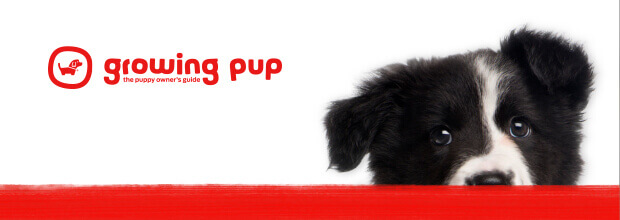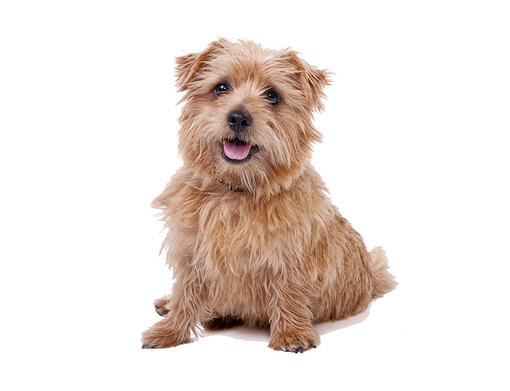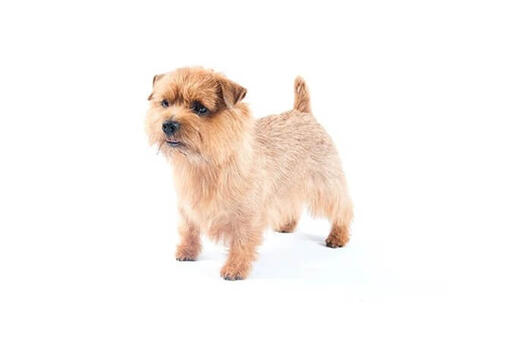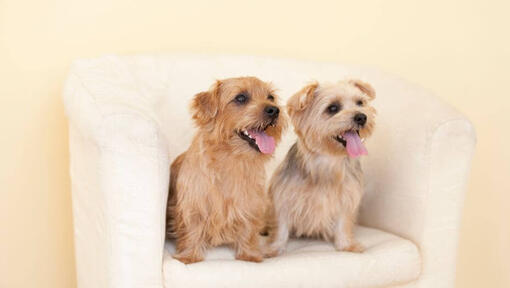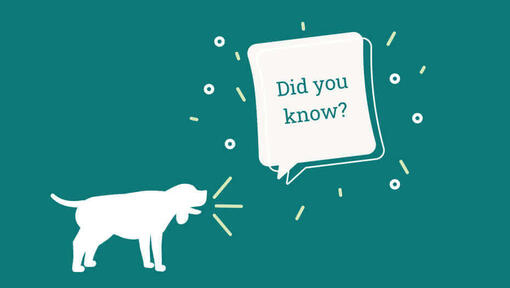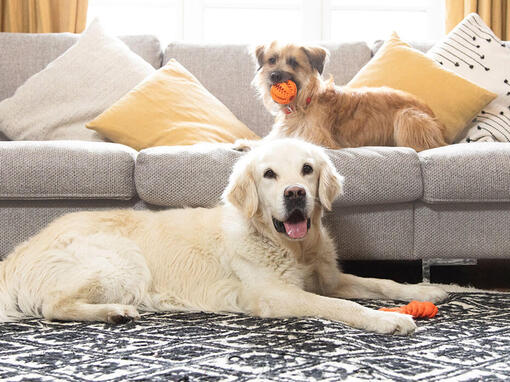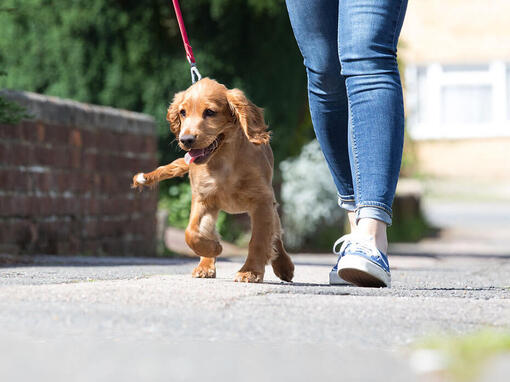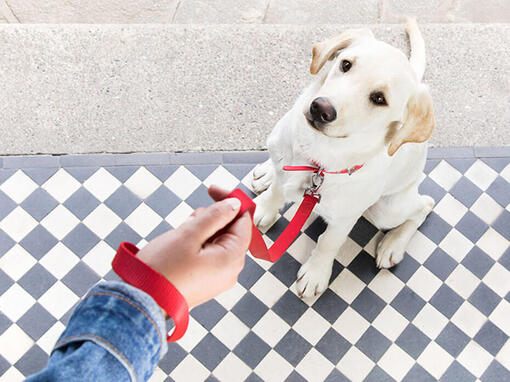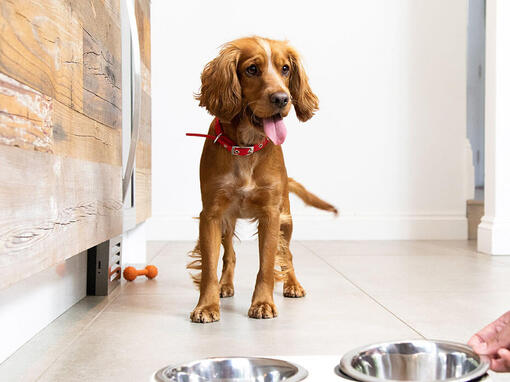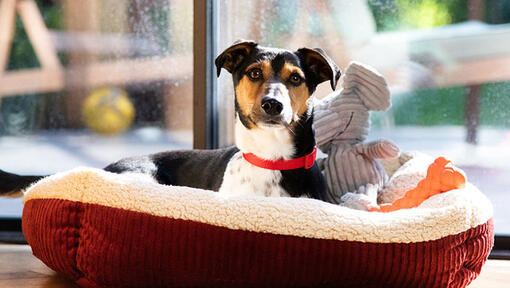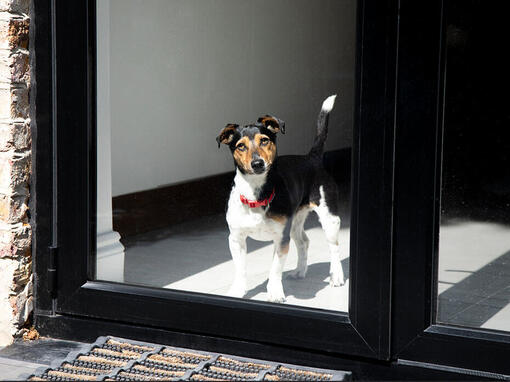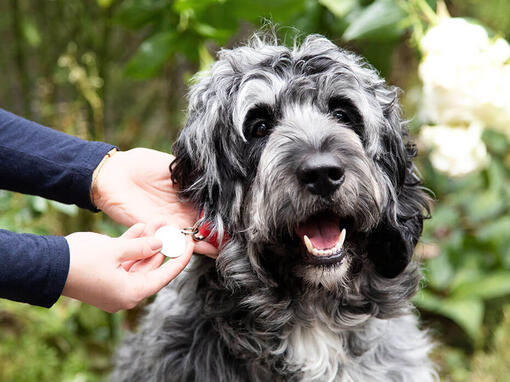An energetic, compact and hardy breed, the Norfolk Terrier originated in England where farmers used them to bolt vermin such as foxes from their dens. Admired for his gameness, loyalty and charm, the Norfolk Terrier does well in families with other animals. He is known for his ability to adapt to any situation, making the breed ideal for city or country life. An affectionate, loving companion, the Norfolk requires regular brushing and stripping to maintain his coat.
DID YOU KNOW? The Norfolk Terrier was known as the Norwich Terrier with drop ears until 1979 when it became a separate breed.


